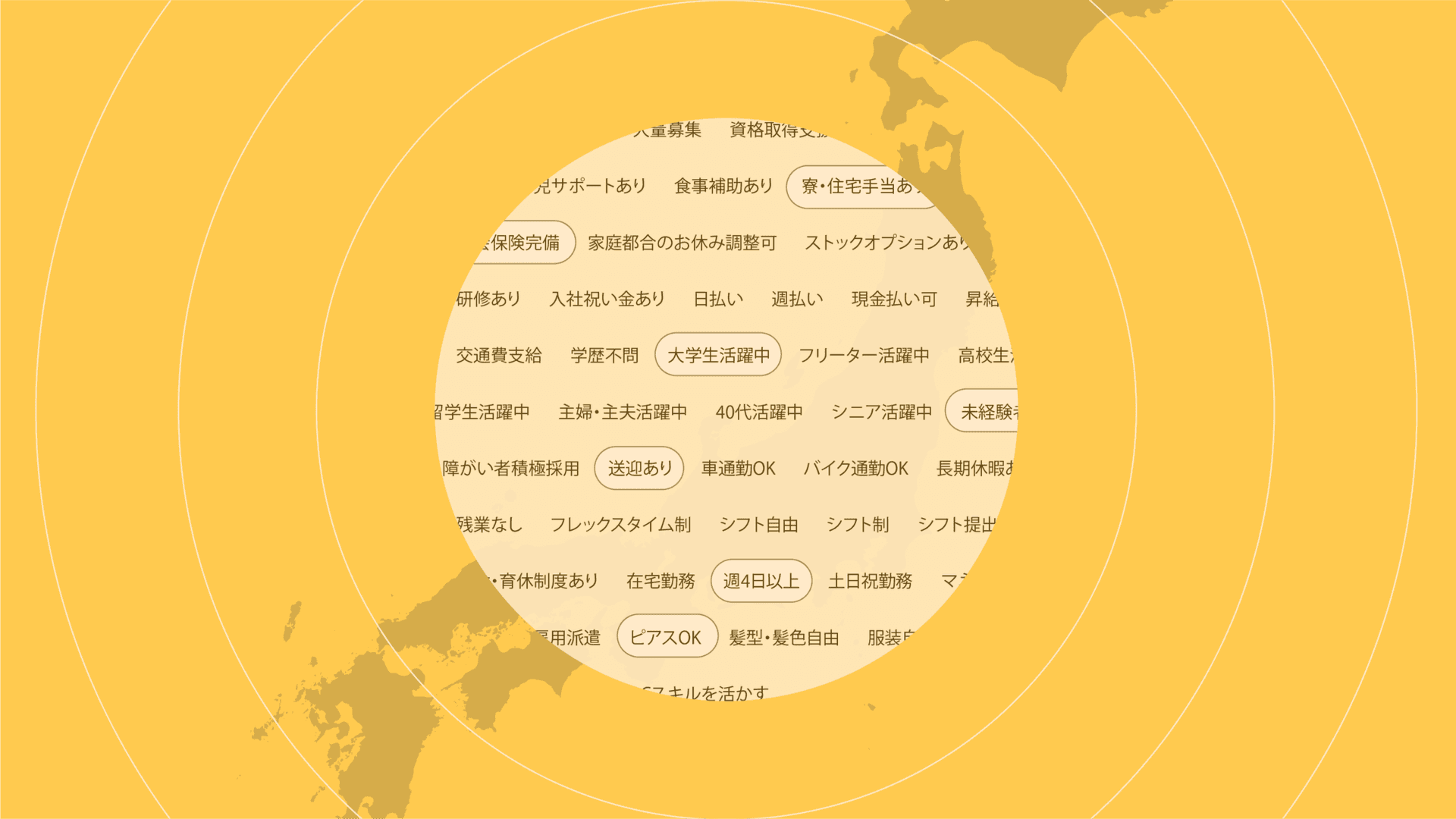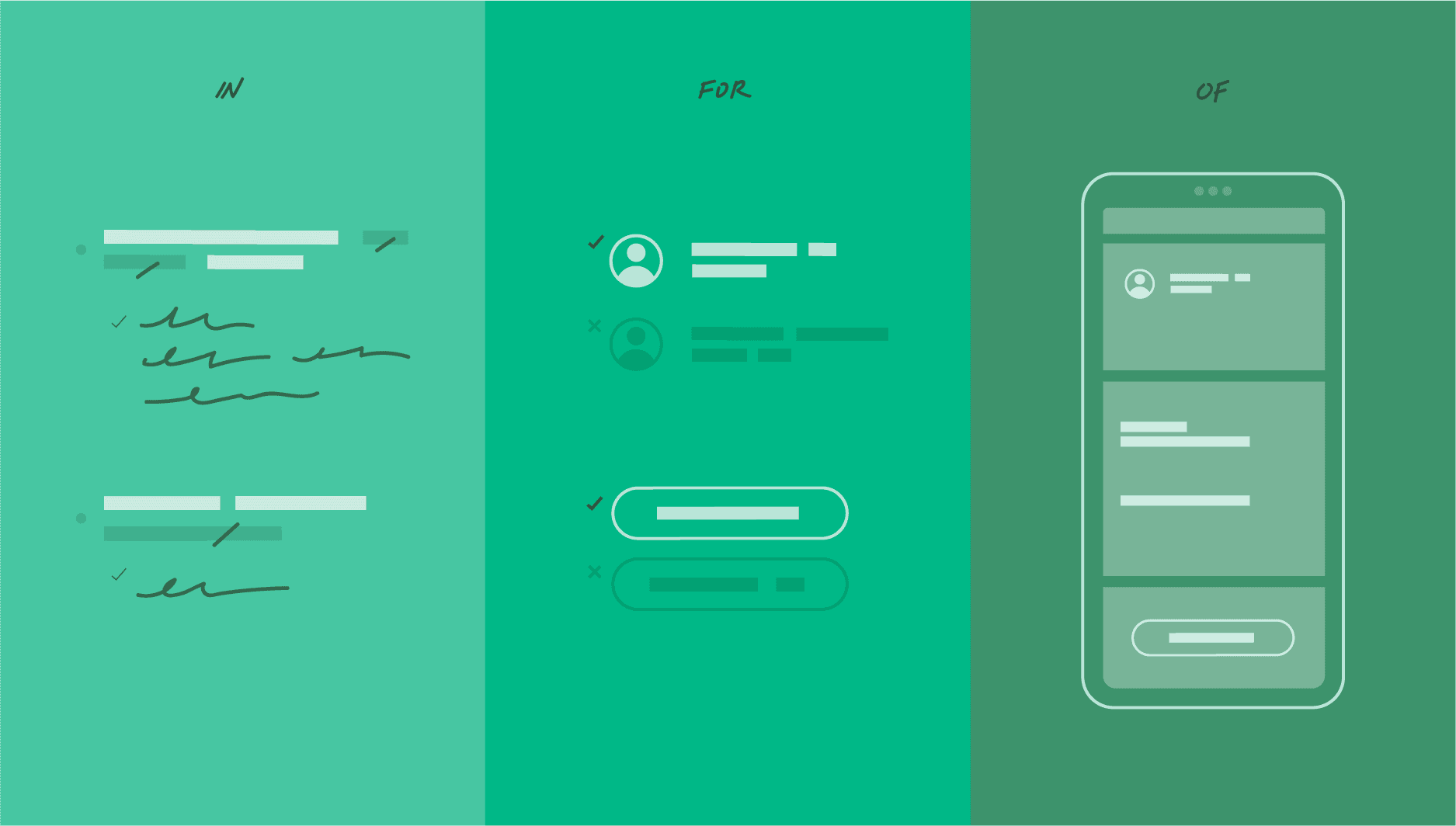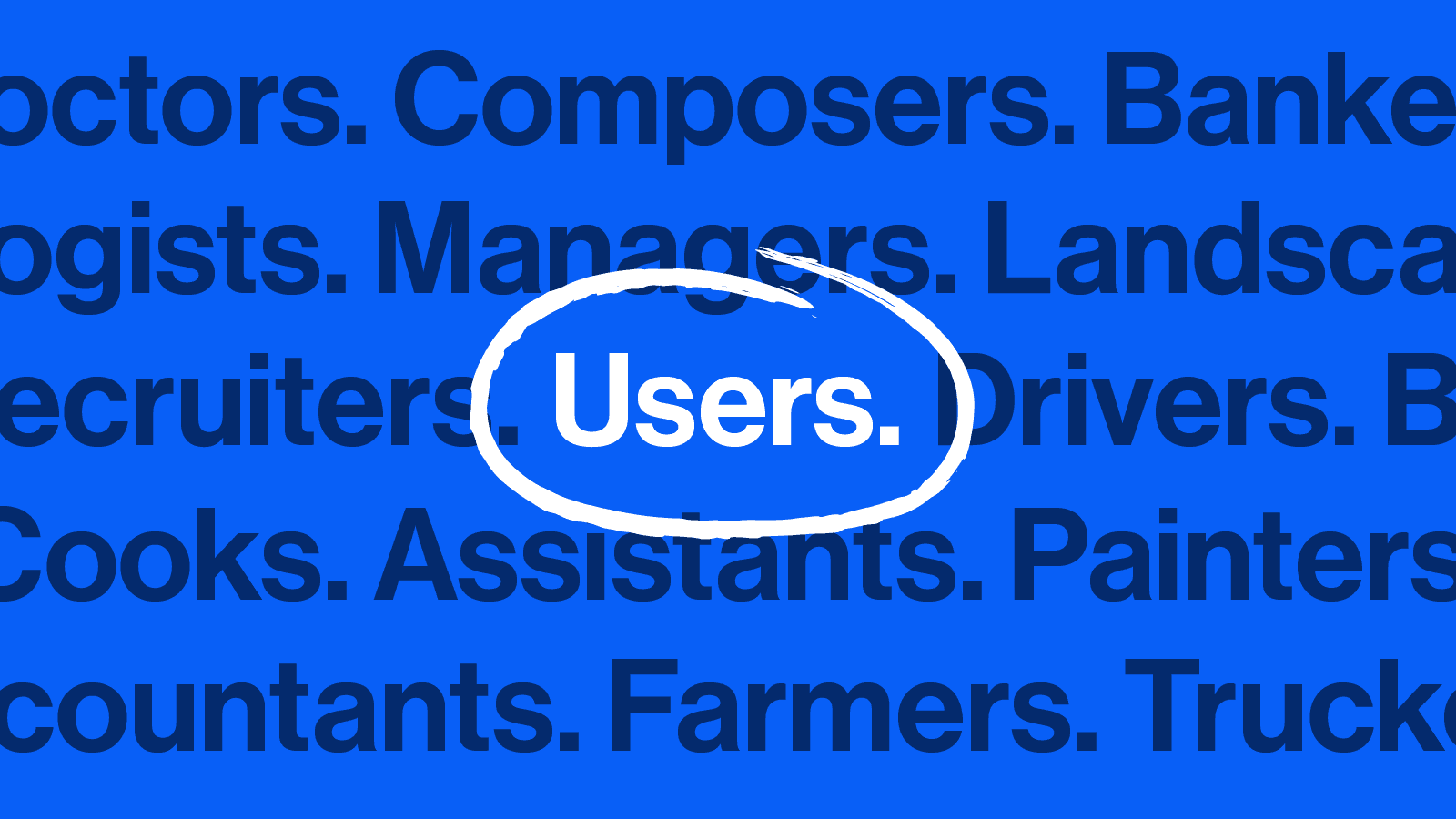For designers the ideal product is meaningful, valuable, and beautiful. But that’s easier said than done once you account for real-world context and constraints. The role your particular product plays in your users’ lives influences the time you have to deliver those three qualities in the interactions you design. So does the emotional state your users are in when they come to you.
That leads to a basic design question: how do you adapt your ideals in order to provide your users with the product they need most?
At Indeed, I’m lucky to lead a great design team where we wrestle with meaningful questions like this one every day. When people ask me how we start to find answers, I enjoy sharing stories. I talk about previous experiences I’ve had solving similar problems and we start from there. I do this because design thinking is extremely flexible. Rather than using it in a fixed way every time, designers must adapt it to each project. Stories help show how fluid design thinking can be, and they inspire new ideas for approaching tough problems.
I shared some of these stories with Aarron Walter and Eli Woolery when they interviewed me last month on InVision’s Design Better podcast.
Here’s a preview of what we talked about:
My background at IDEO. This first stop in my career was formative for me. It taught me the deeper value of qualitative research and thoughtfulness.
Why empathy is essential. I enjoy spending time on research; it’s vital to really understanding people and the reasons behind their actions. What causes people to feel joy and pain? Why do they make certain decisions and how do they act in different situations? Understanding human behavior is important when trying to create meaningful solutions.
Technology’s double nature. Technology is wonderful. But too much can have long-term consequences on individuals, relationships, and societies. As designers, we have a responsibility to balance the two.
How I stay productive and creative. My approach is to work as quickly as I can so I can also unplug and keep a happy, healthy personal life.
Ways to build partnerships and encourage participation. Synthesizing with others is critical. Every problem comes with so much information to process, so many perspectives to consider, and so many ways to approach solutions. It’s too much for an individual to handle alone.
Why welcoming change and being adaptable makes us better designers. Assumptions are mostly informed guesses. Plan for them to change and you’ll get further faster.





